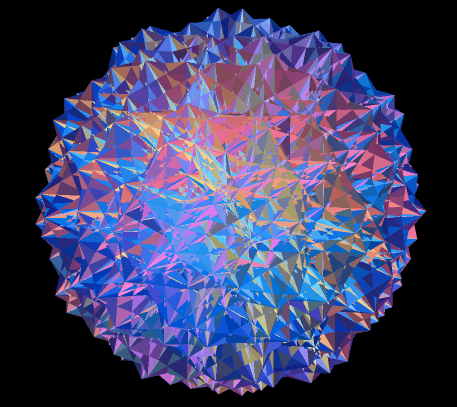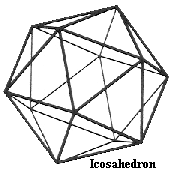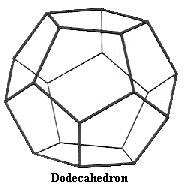One of the first concepts I've wanted people examine is
Stability by Degree, that beyond being stable a nuclide
may exhibit distinct qualities of durability in a range of durability.
I introduce the yellow color code to delineate this, the tan color
denotes a stable nuclide and the orange the most common isotope of an
element if not marked off with yellow as "SUPER Stable".
The pink color denotes a radioisotope with half-life measured in years,
the purple denotes those isobars of half-life measured in days. Next is
a light blue for nuclides of even faster decay and this shades to white
for those that hardly exist for microseconds.
The format for dipicting data this way is named "The Incremental Table of
Atomic Isobars" the display lends to metaphor that nature favors the
Isobars as a geometric form. From this point of view I have
asked people to examine why nature does not favor the existence of an
isobar-5 as an exercise in this metaphor.
I post this next table to illustrate
I tend to view all the neutrons and protons of an atomic nucleus, while
they exist in and as the nucleus the same. That is I do not view them as
charge specific nor quark composite specific. I view them as fluid to
some degree. The quality that I do impart to them is they still must fill
space, and so I tend to the use of the term "isobar" instead of isotope
yet use the the term nuclide when need of reference to a specific atom.
The Platonic and Archimedean solids are omnipresent in nature, they
represent equal division of a sphere. Well that said please examine
with the term isobars in mind the lack of stable nuclides
in the
isobar-5 and isobar-8 zones.



